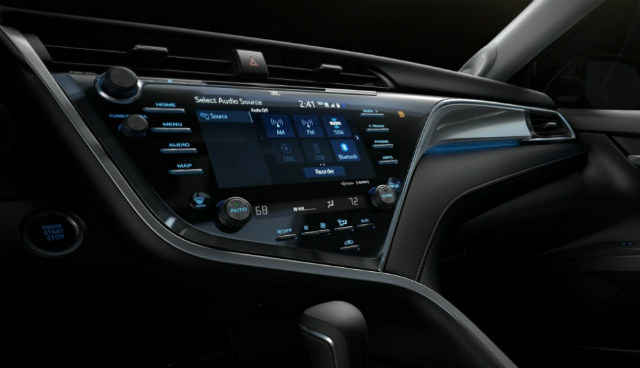
Open source computing has always been a major boon to the world of developers, and technology as a whole. Take Google’s pioneering Android OS for example, based on the open source code, which can be safely credited with impacting the world of everyday technology in an unprecedented manner when it was introduced. It is, hence, no surprise when a large part of the automobile industry is looking at open source platforms to build on advanced automobile dynamics.
Such precedent needs to be set not only for the benefit of the technology, but for developers that will keep the technology ticking. We recently spoke about Automotive Grade Linux – the work it has done till date, the partnerships it has struck, and a possible future outcome of its efforts. Recently, we spoke to Dan Cauchy, Executive Director of Automotive Grade Linux to further understand the specific implications of open source codes in the field of technology-driven automobiles, the work that Linux is doing and how the field will evolve in general. Here’s what he had to say.
Importance of open source
While every automobile OEM understandably wants to build its own ecosystem and signature technology, the present times are the most crucial to have a unified platform. Previous attempts at unifying in-car technology have resulted in simultaneous fragmentation of the industry – Android Auto and Apple CarPlayare smartphone-based ecosystems that do not work without an existing platform, and other proprietary systems like Ford Sync and Tata ConnectNextborrow platforms from multiple companies like Microsoft and BlackBerry to build their own firmware. This has been considerably alright to work with, seeing how much of in-car technology is centered around entertainment, navigation and communication functionalities. This is soon about to change, heralding the need for a unified platform. It is here that open source comes to rescue.
